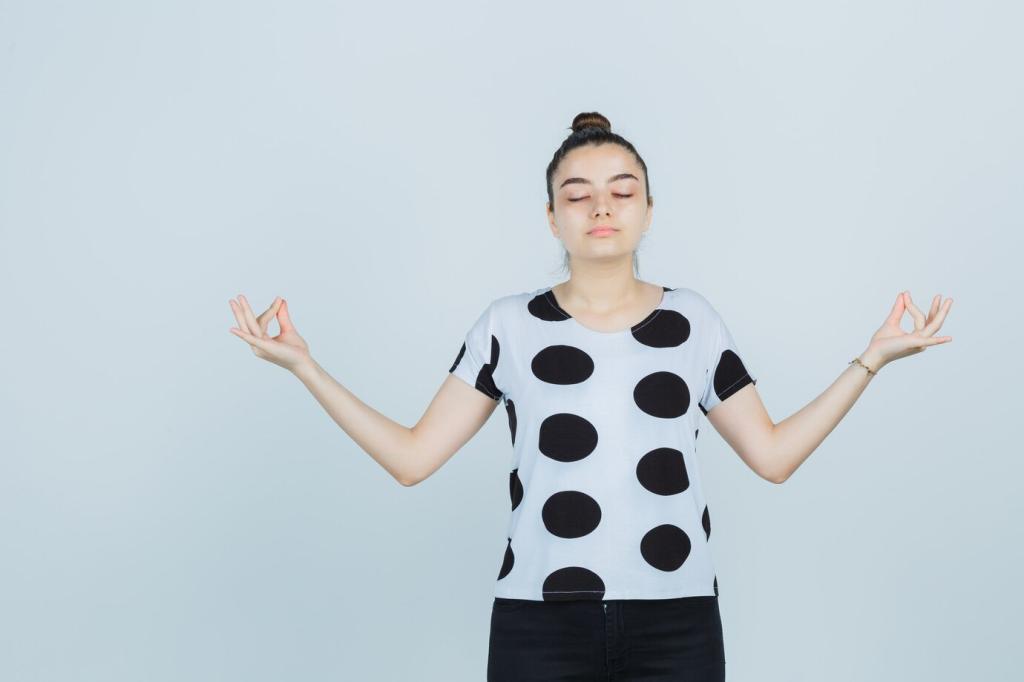Guided Visualization for Stress Reduction
Theme selected: Guided Visualization for Stress Reduction. Step into a calm, imaginative space where stories, science, and simple rituals help you picture peace so vividly that your body believes it. Read on, try the scripts, and share your favorite calming scene with us.
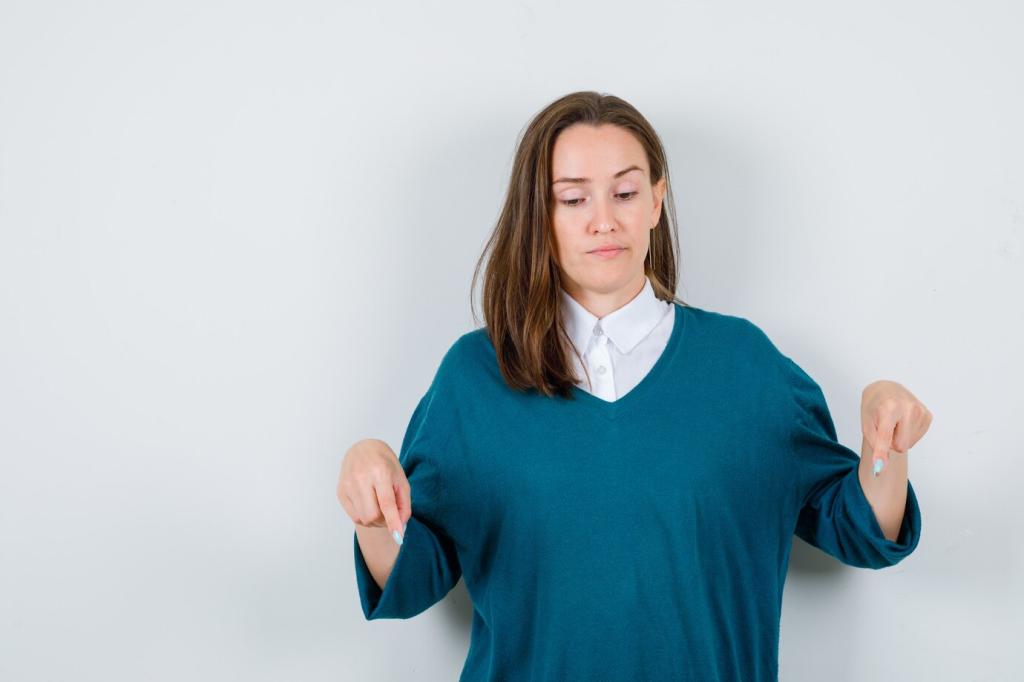
A clear, simple definition
Guided visualization is a practice where you gently follow imagery cues to imagine a safe, soothing scene, engaging all five senses. The brain responds to vividly imagined experiences like real ones, softening stress signals and inviting the body into a calmer, more regulated state.
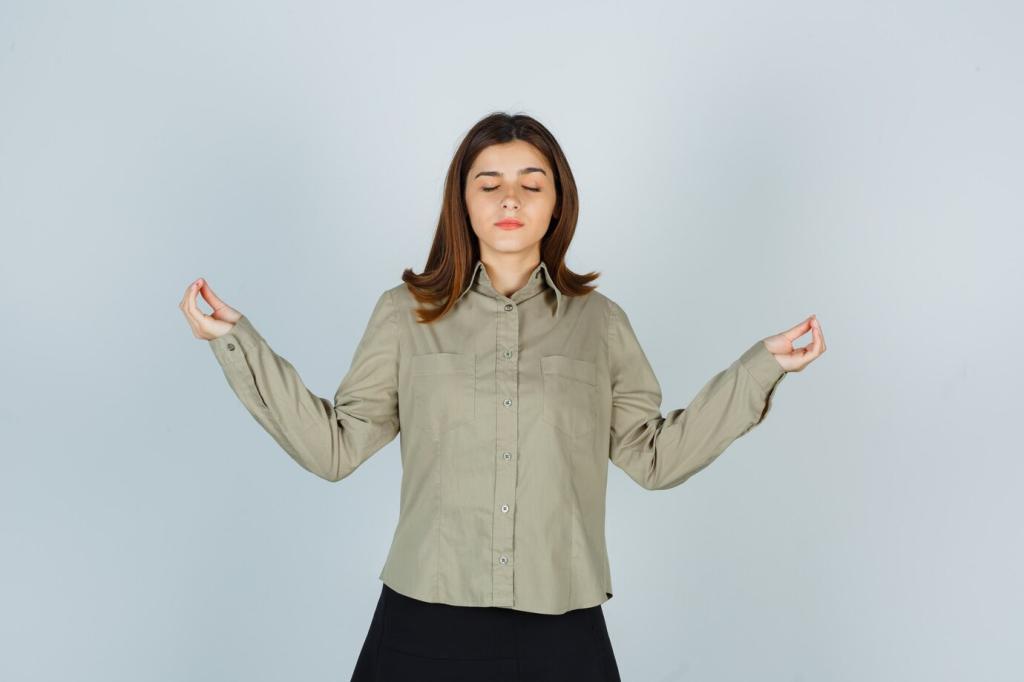
How imagery calms the body
When you layer sight, sound, scent, touch, and even taste, your nervous system shifts toward parasympathetic dominance. Breathing eases, heart rate variability improves, and cortisol can trend down. Imagery gives your body a believable map of safety, turning mental pictures into physiological relief.
Setting the Stage: Space, Intention, and Rhythm
Your calming corner setup
Choose a chair with gentle back support, a neutral light, and one grounding item: a smooth stone, a sprig of lavender, or a warm mug. Keep headphones nearby. Signal your brain with consistency so the space itself becomes a trusted doorway into steadier breathing.
Tiny rituals that flip the switch
Begin with a phrase like, I am entering my calm scene now, then touch your grounding item and exhale slowly. These micro-rituals teach your nervous system what comes next, reducing resistance and making each session easier to start, continue, and actually enjoy.
First-time jitters: normalize and soften
Expect restlessness, random thoughts, and awkwardness. They are normal. Label them kindly, then return to one anchor: breath, a color, or a sound. Keep early sessions short and celebratory, because finishing something small trains momentum better than struggling through something long.
Core Techniques You’ll Use
Describe what you see, hear, smell, feel, and maybe taste, one sense per breath. Imagine textures, temperatures, and distances. The richer the detail, the more convincingly your body receives safety signals. If visuals are faint, lean on sound, touch, and scent to deepen immersion.
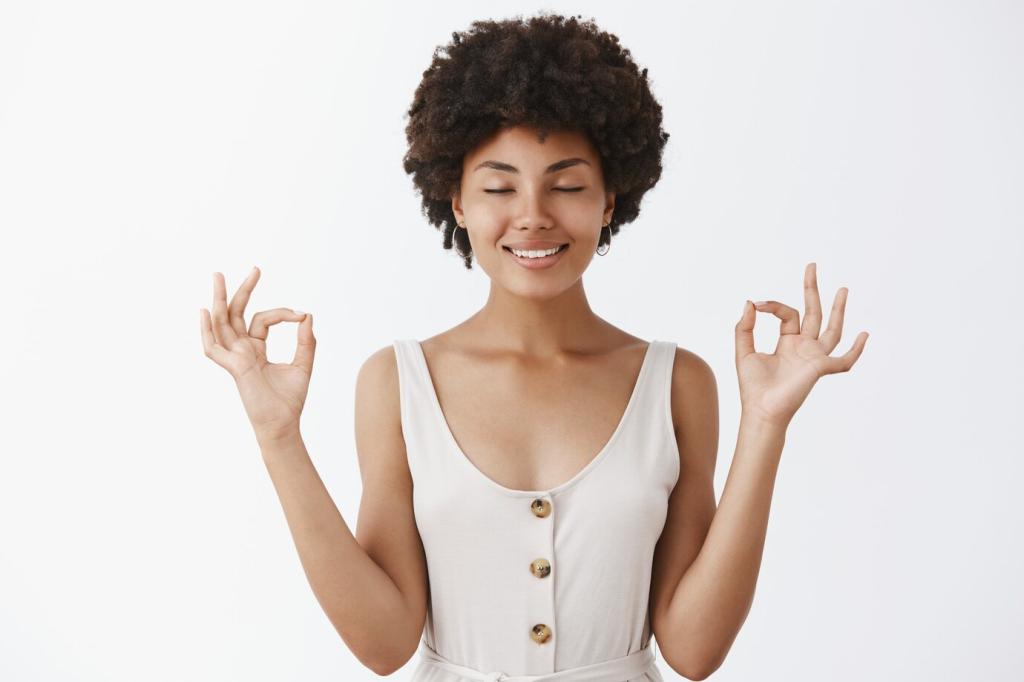
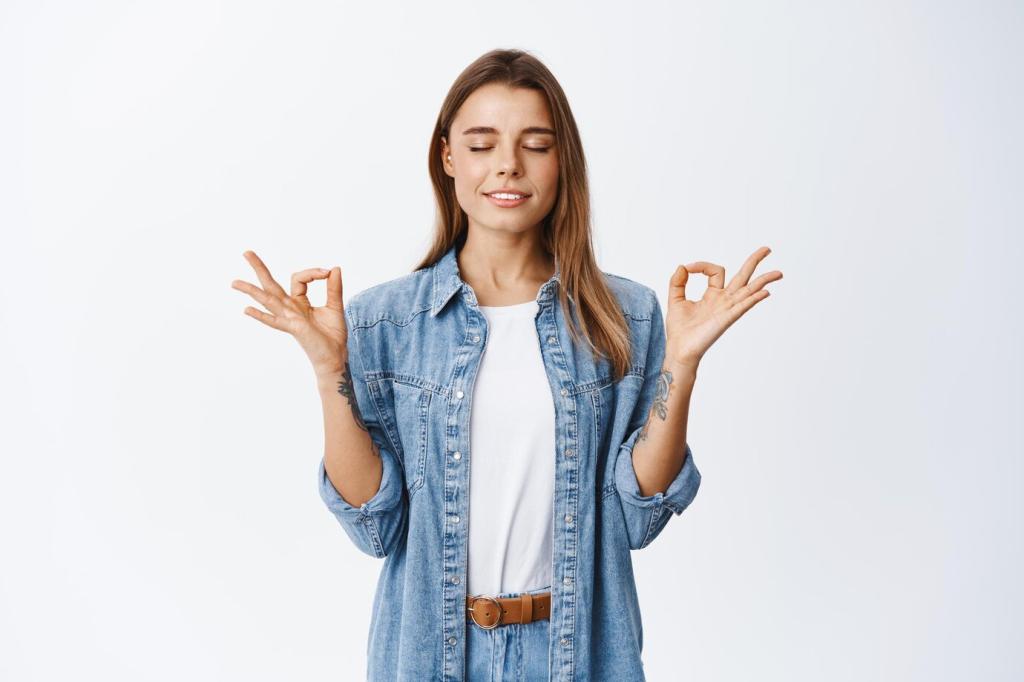
What Science Suggests
Studies have linked guided imagery with improvements in perceived stress, lower anxiety, and favorable trends in cortisol. While individual results vary, repeated practice often strengthens benefits, much like exercise. Small, frequent sessions compound, training your physiology to expect recovery more readily.
What Science Suggests
Imagined scenes recruit sensory and motor networks along with prefrontal regions that regulate emotion. As imagery becomes vivid, attention steadies and the amygdala’s alarm can ease. Over time, neuroplastic changes support faster transitions from threat to safety, especially when practice is consistent and compassionate.
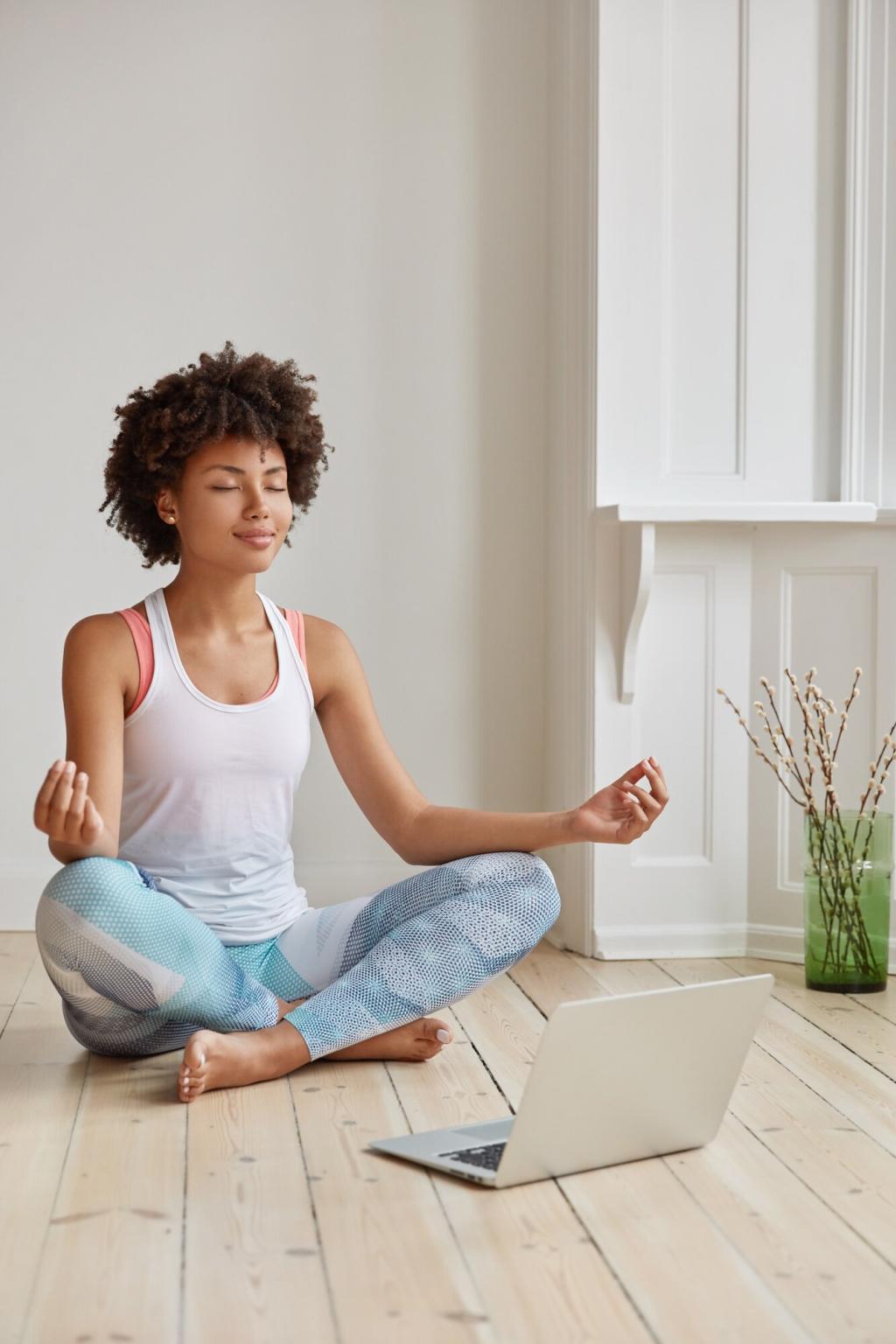
Try These Short Scripts Today
Inhale: notice green upon green. Exhale: feel the spring of soft earth. Hear distant birds and a gentle breeze moving needles. The air smells resinous and cool. Each step releases tension from your shoulders, then jaw, then belly. Pause, hand on bark, and let quiet expand.
Make It a Daily Habit
Use red lights, station announcements, or elevator dings as prompts. One cue, one breath, one image. Repeat the same scene for a week to strengthen the association. Share which cue you pick, and we will cheer you on while you build your tiny, portable sanctuary.
Make It a Daily Habit
Set a two-minute timer after meetings. Close your eyes, choose one sensory detail from your scene, and breathe it in. If eyes closed feels awkward, gaze at a neutral object and imagine your calm place behind it. Tell us your best desk-friendly anchor for collective inspiration.
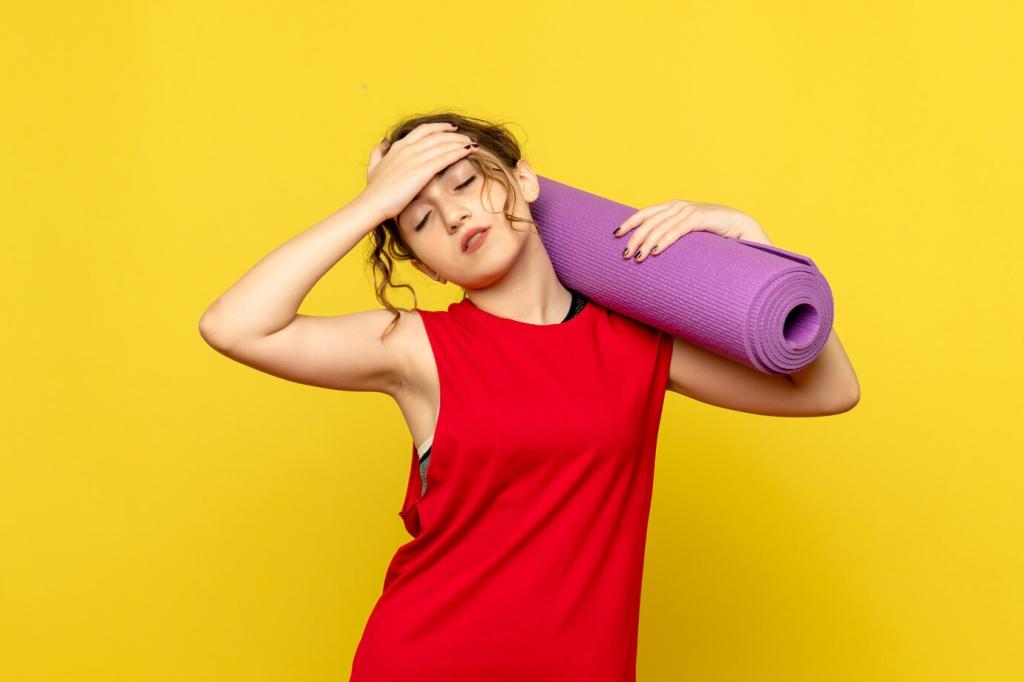
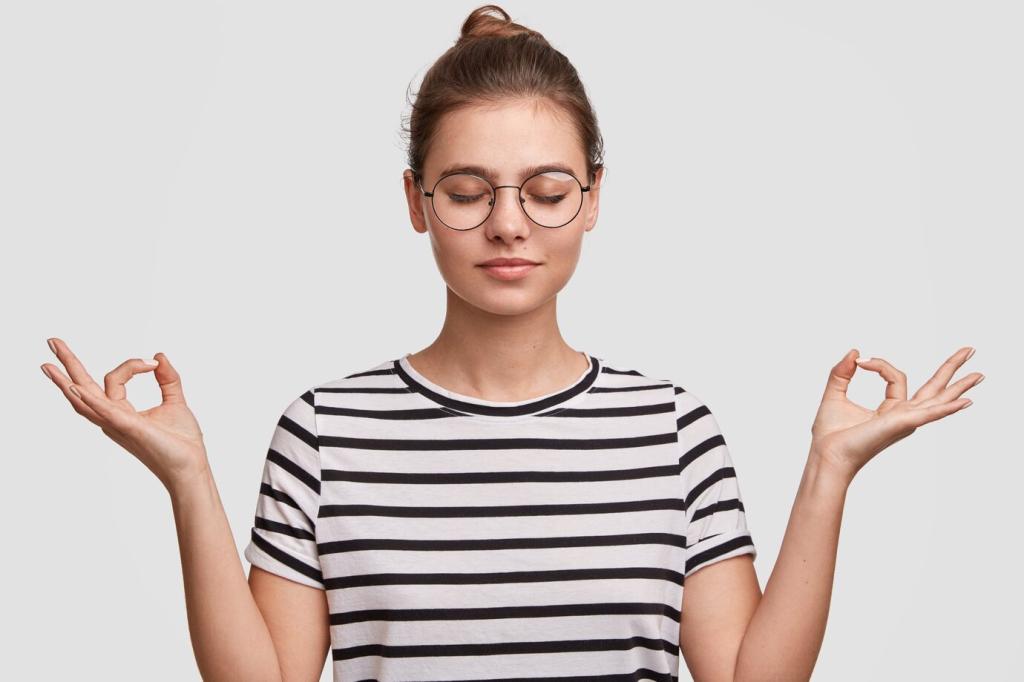
Troubleshooting and Personalization
01
When images won’t appear
Not everyone sees vivid pictures. Try auditory focus, tactile sensations, or written prompts. Describe your scene in a notebook first, then read it aloud. Borrow photographs to seed imagination. Consistency grows clarity, and your body can relax even with minimal visuals if senses are engaged.
02
If anxiety spikes mid-practice
Open your eyes, orient to the room, and place both feet on the floor. Name five objects you see. Slow your exhale, lengthening it slightly. Return only when steadier. Safety first, always. Share what helped you reset so our community can learn practical, compassionate responses together.
03
Adapting for pain and overwhelm
Avoid scanning painful areas directly. Visualize comfort around them: cool mist, warm sunlight, or a protective cocoon. Shorten sessions and emphasize external senses, like distant sounds. Let the goal be less pressure, more permission. Tell us which adaptations felt kind so others can borrow them.
Join In and Grow Together
Describe the place that calms you most: light, air, textures, and sounds. Post a few sensory details in the comments so others can learn new anchors. Reading your scene might help someone find theirs, and your words could become part of a future community script.
